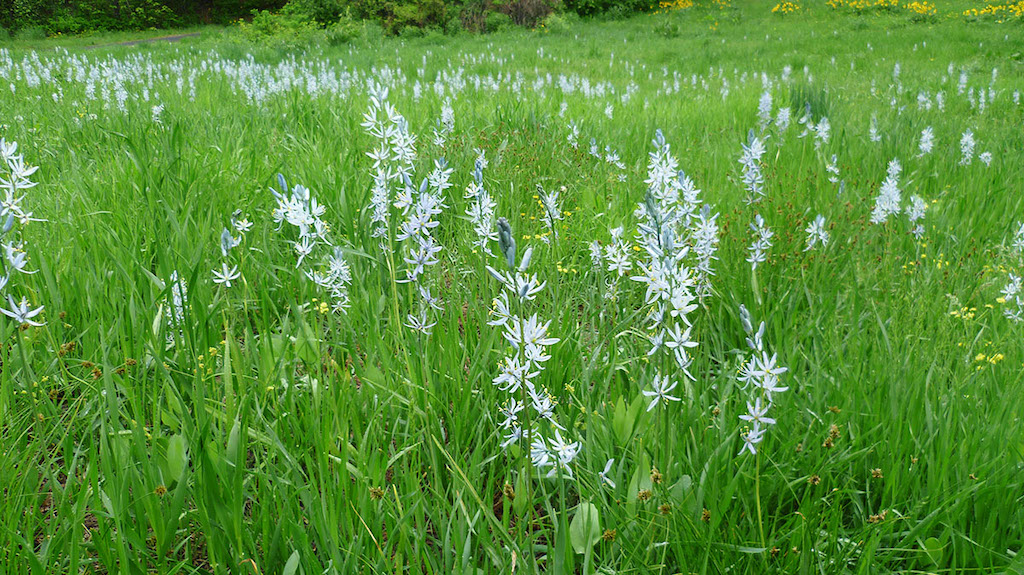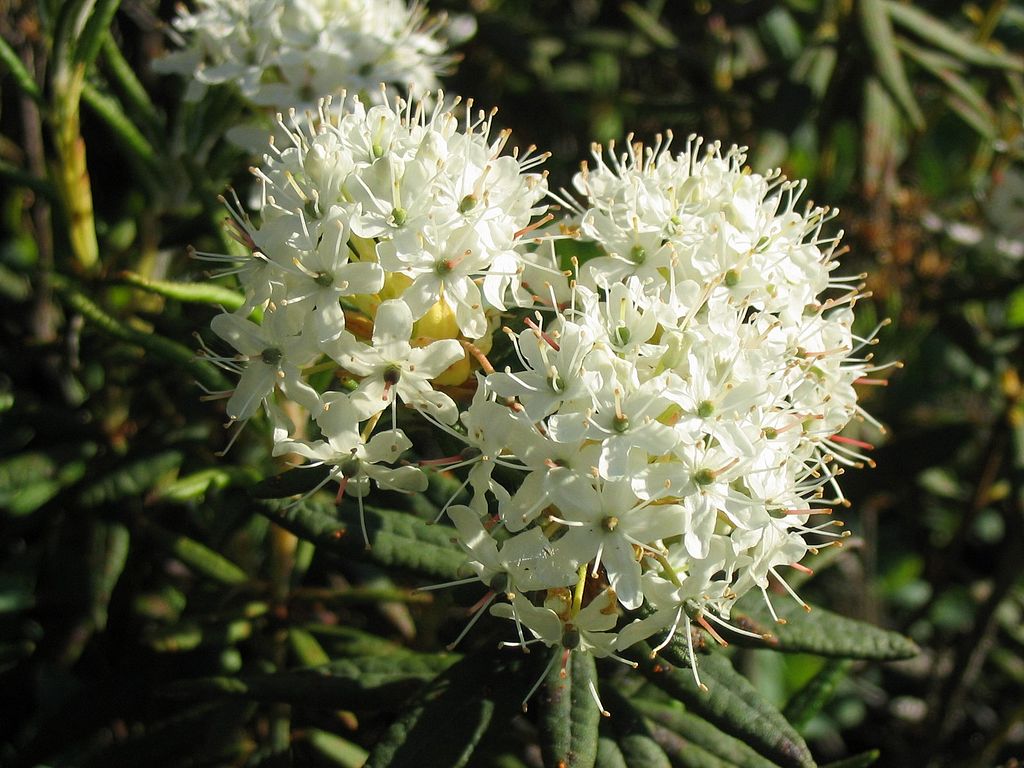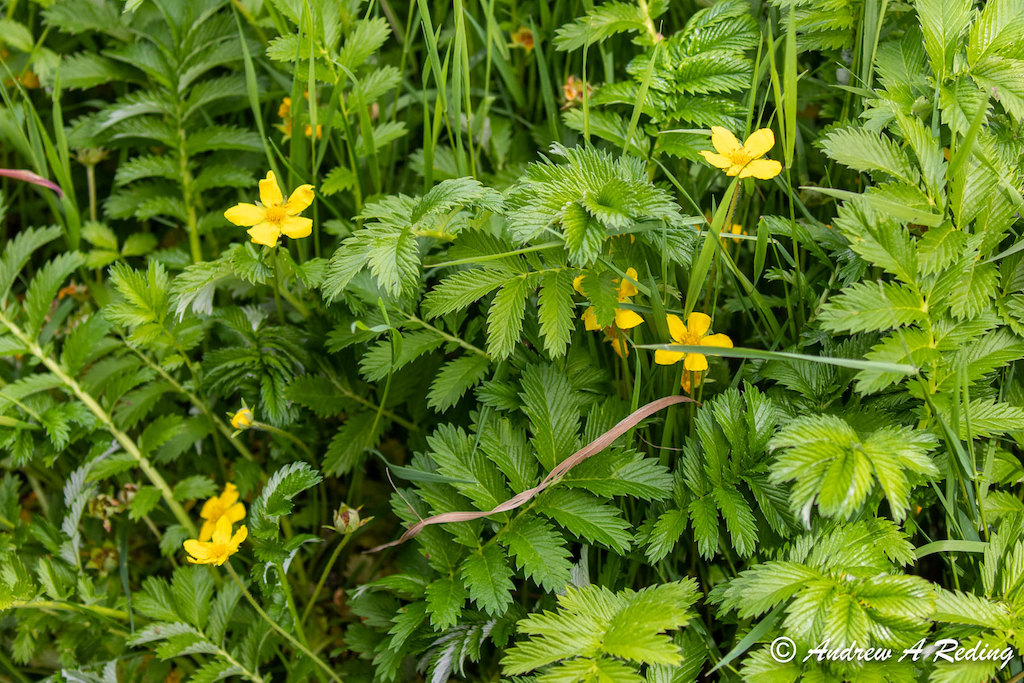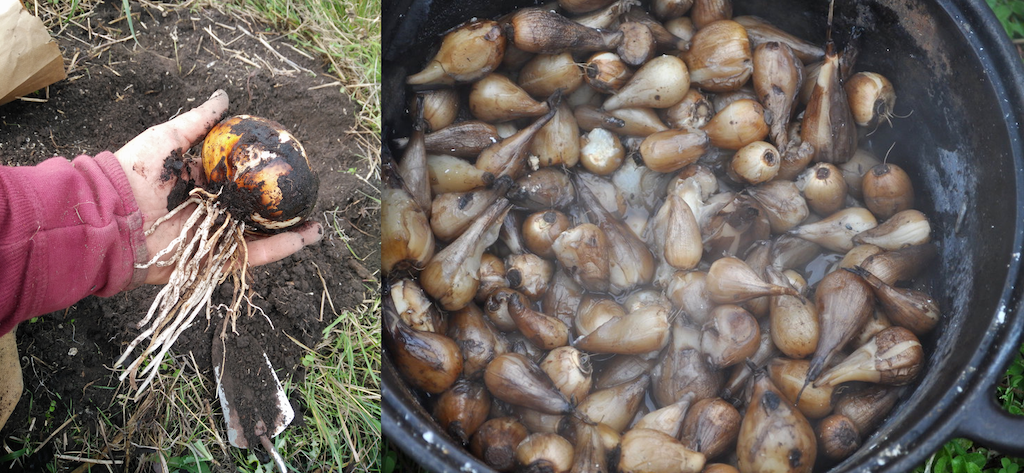Cayou is adept at weaving ties of community and kinship – who shares a birthday, whose grandfather went to school with whose – and repeatedly turned suspicious landowners into fast friends. But the burden of those experiences was part of what inspired Cayou’s new project, the Indigenous Plants Forum.
The Forum is “an informal, tribal-nontribal-intertribal group of people who get together to work on preserving, growing, and sharing the knowledge of traditional plant uses, and also to identify threats to their habitats,” explains Madrona Murphy, staff botanist at Kwiáht, a Lopez Island-based nonprofit research cooperative. Kwiáht is the fiscal sponsor of the Indigenous Plants Forum, and Cayou is the organization’s traditional foods specialist.
Scientific research is increasingly documenting how thousands of years of stewardship by Indigenous groups maintained and increased plant diversity in Pacific Northwest ecosystems. Cayou hopes the Forum will help preserve these human relationships with places and the plants that grow there – knowledge that is being lost.
“It’s something that I’ve wanted to do my entire life,” she says.
One of the group’s aims is to cultivate – in a broad and comprehensive way – the kinds of relationships that Cayou has forged with the succession of tea-bog owners over the years. “A lot of our native plants are being grown on private land,” says Aurora Martinez, who is also a Samish tribal member and Cayou’s niece. “And if we can create connections with landowners, then we can begin to take care of the plants like we did traditionally.”
The group began to take form about a year ago and has toggled between virtual meetings and in-person, socially distanced gatherings as coronavirus restrictions have tightened and eased. The host and location of in-person meetings varies from one month to the next so that members can learn about traditional plants in different parts of Puget Sound.
In June, Martinez and her father hosted a meeting on Samish ancestral lands at Fidalgo Bay RV park. They filled other members in on Samish projects to remove invasive bracken on beaches and plant native cedar trees and discussed the importance of traditional plants found on Samish territory.
The focus on culture sets the forum apart from other native plant groups, says Rory Denovan, a Guemes Island resident and habitat restoration specialist for Seattle City Light. (His participation in the Forum is as a private citizen, not part of his work duties.) “I have absolutely zero knowledge about the spiritual relevance, cultural importance, and traditional uses” of the plants, he says. “I know a lot of plant ecology. So it’s been great just to share back and forth as we try and piece the knowledge back together.”
When the group first got together, Cayou asked members to identify plants of particular concern. These include Pacific silverweed (Argentina pacifica), which grows on Denovan’s family property but is being threatened by invasive reed canary grass; Indian celery (q̕əx̣mín, Lomatium nudicaule), a traditional remedy for sore throats and colds (“You make a steam out of it and inhale the steam like you would Vicks,” Cayou explains); and soapberry (sx̣ʷésəm, Shepherdia canadensis), whose tart berries can be whipped into a foam and combined with other berries to make a concoction known as “Indian ice cream.” The group is working to raise awareness and improve management of soapberry patches in Deception Pass State Park.






